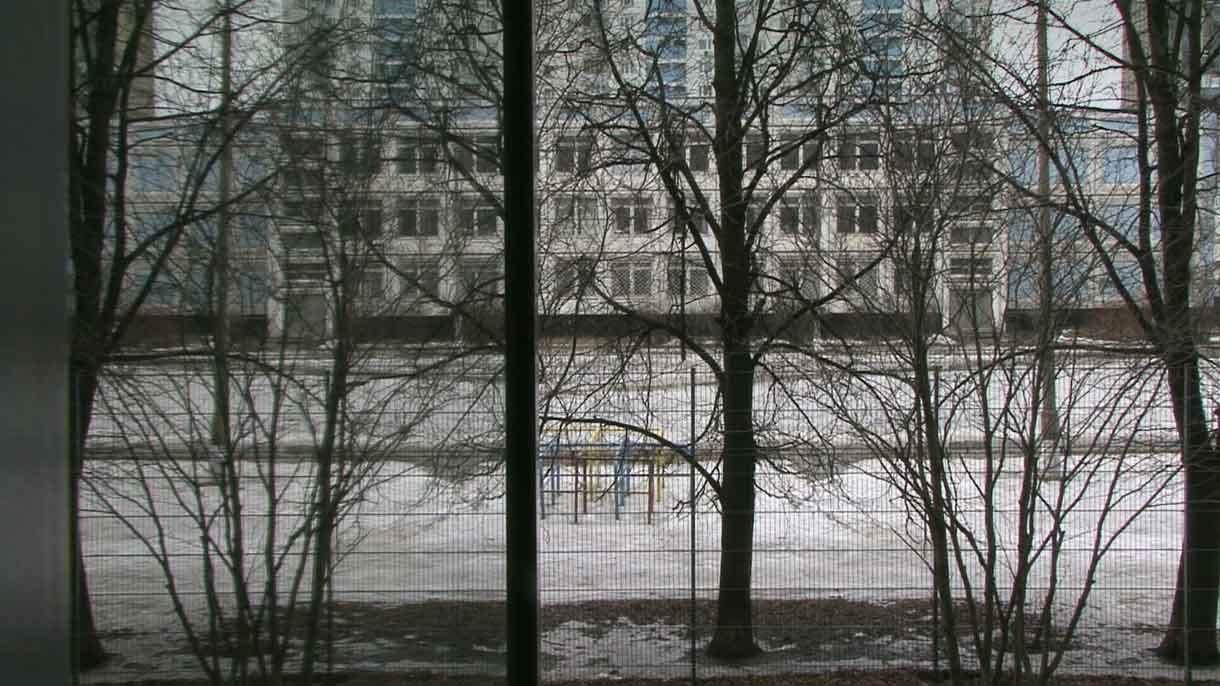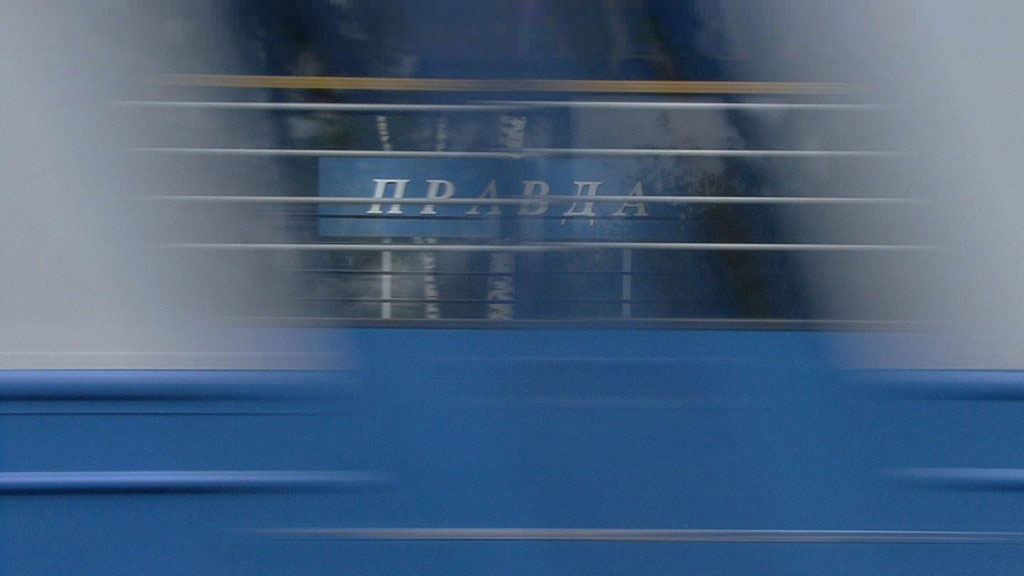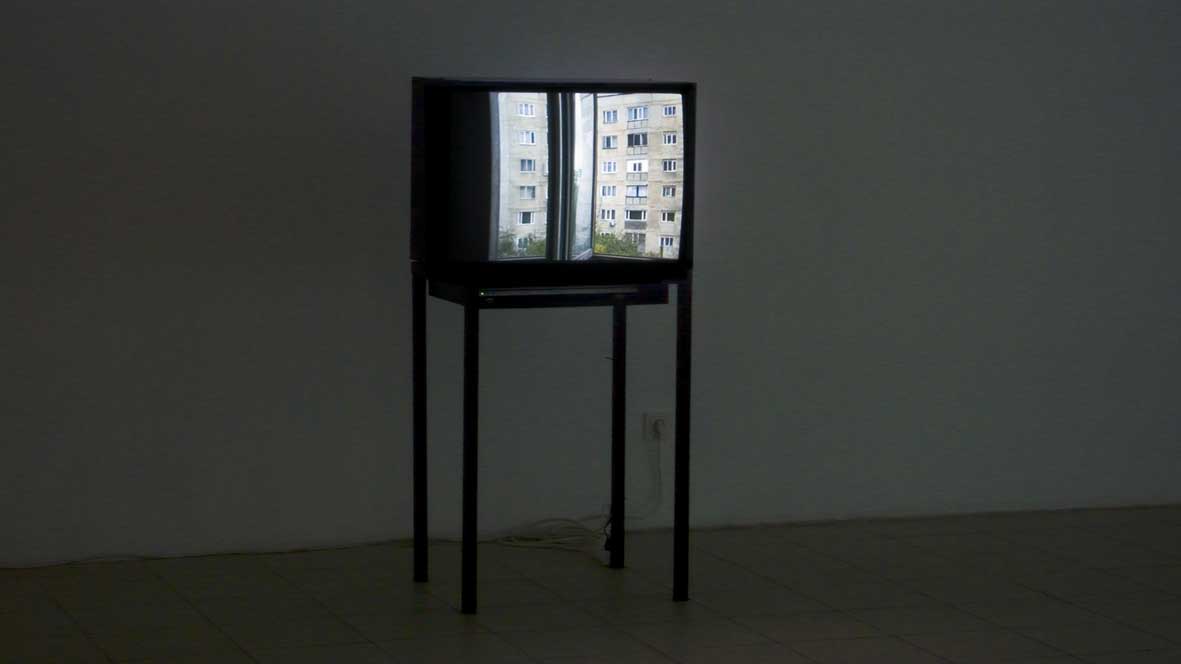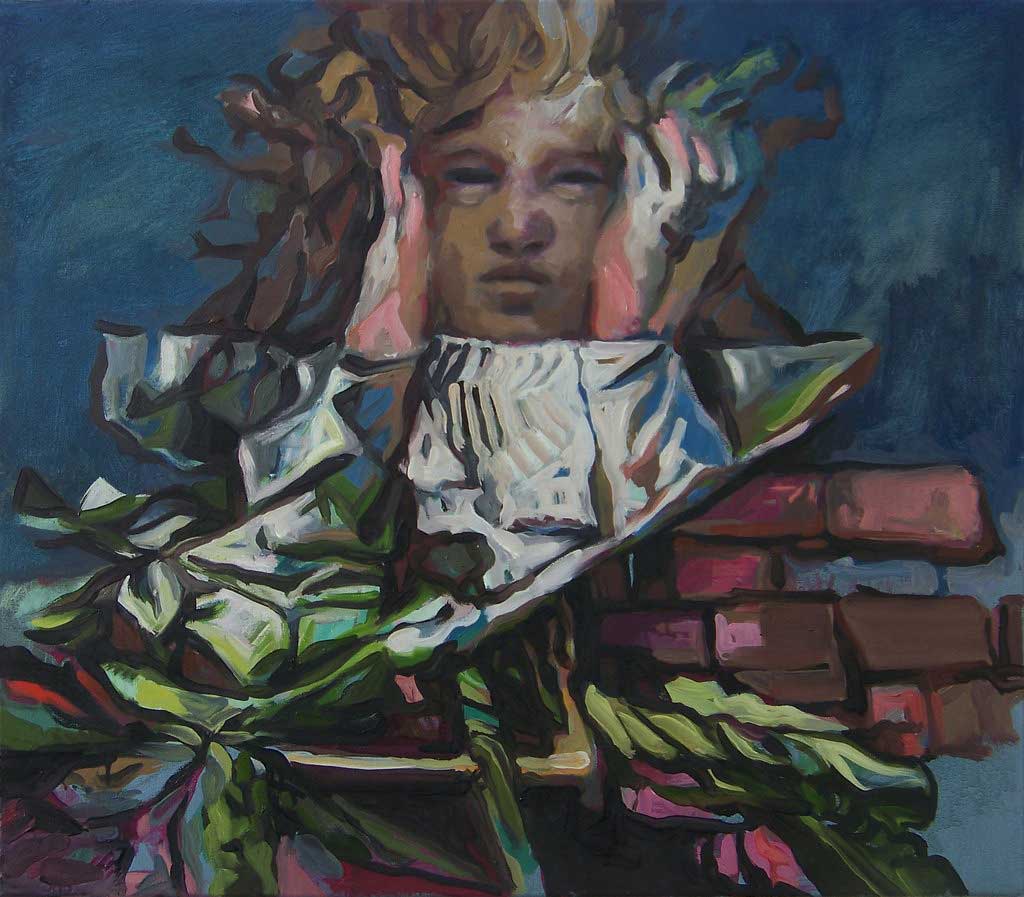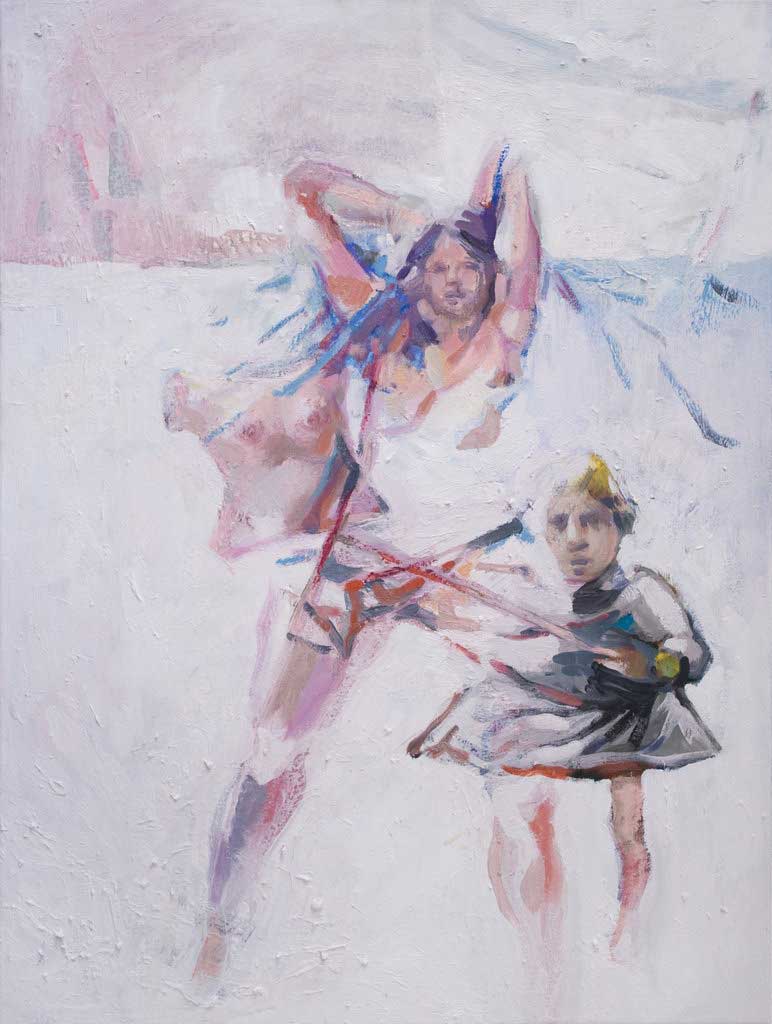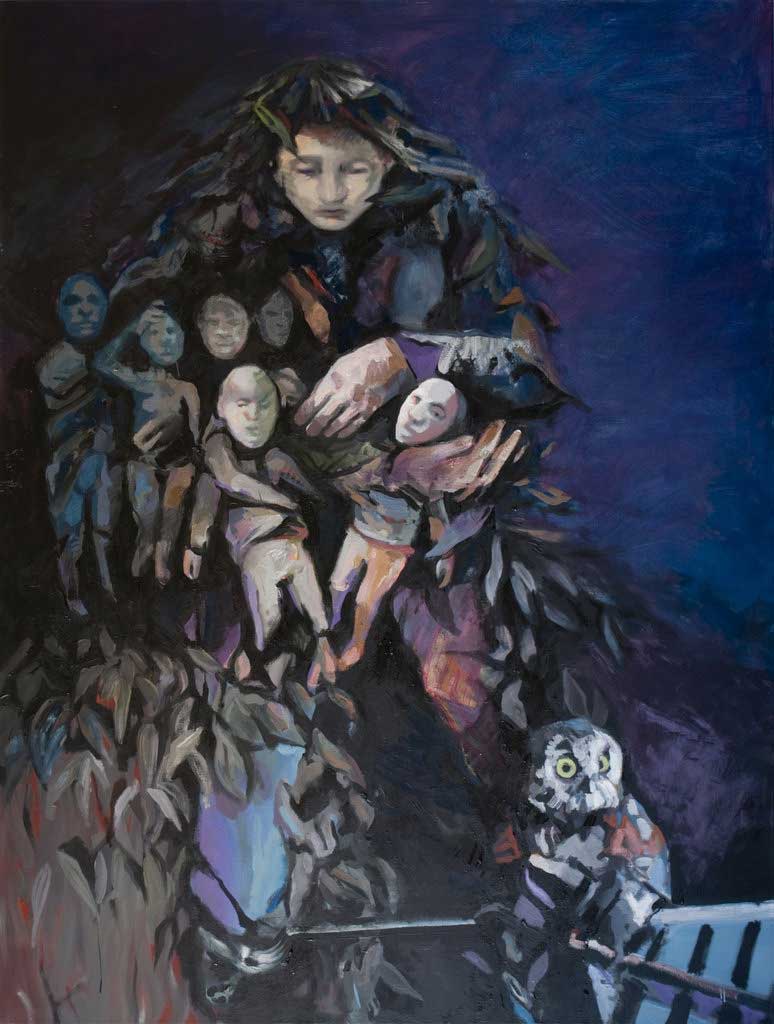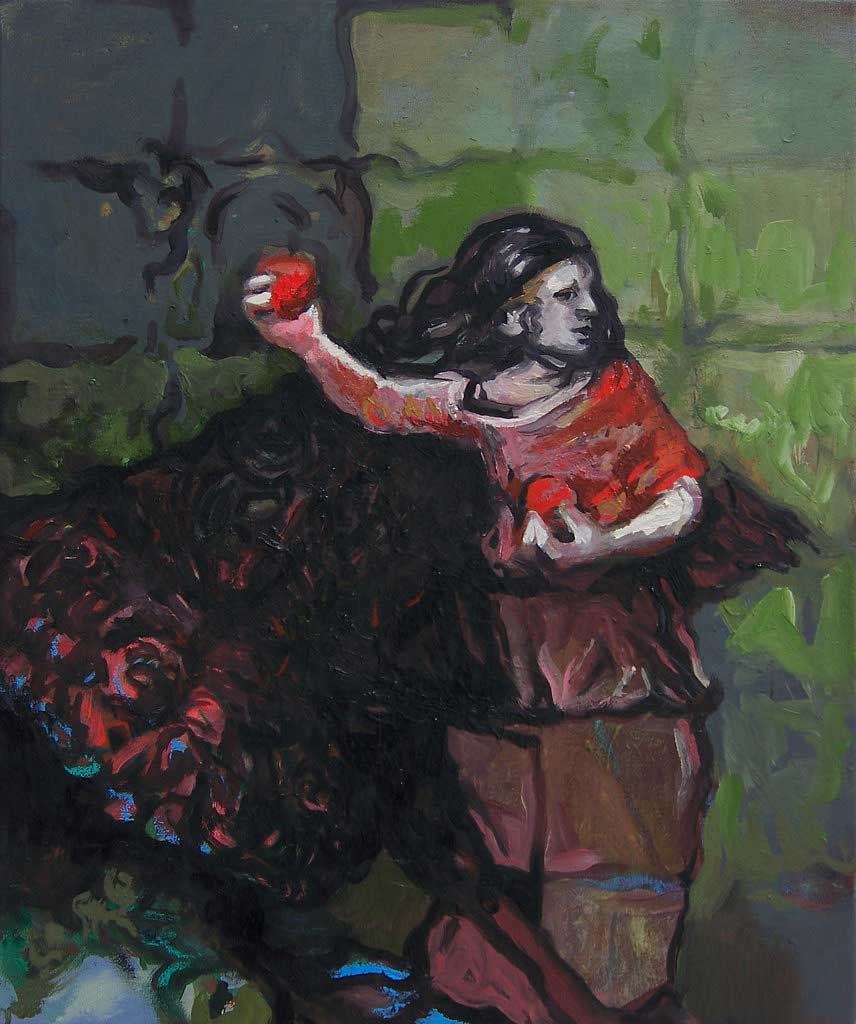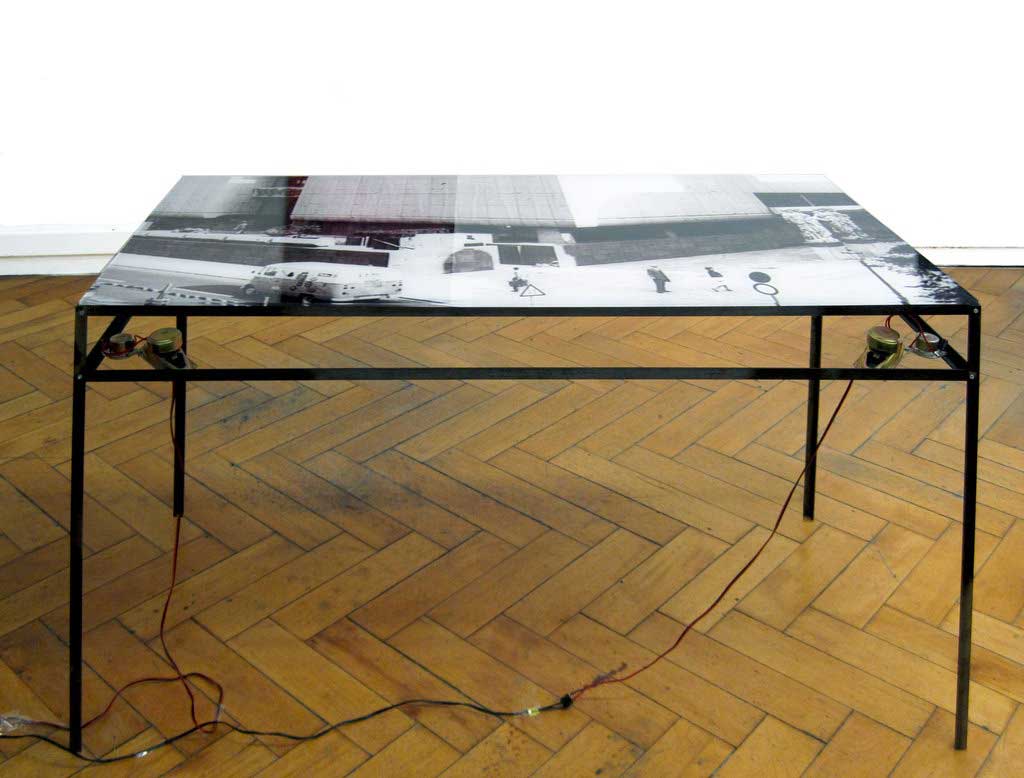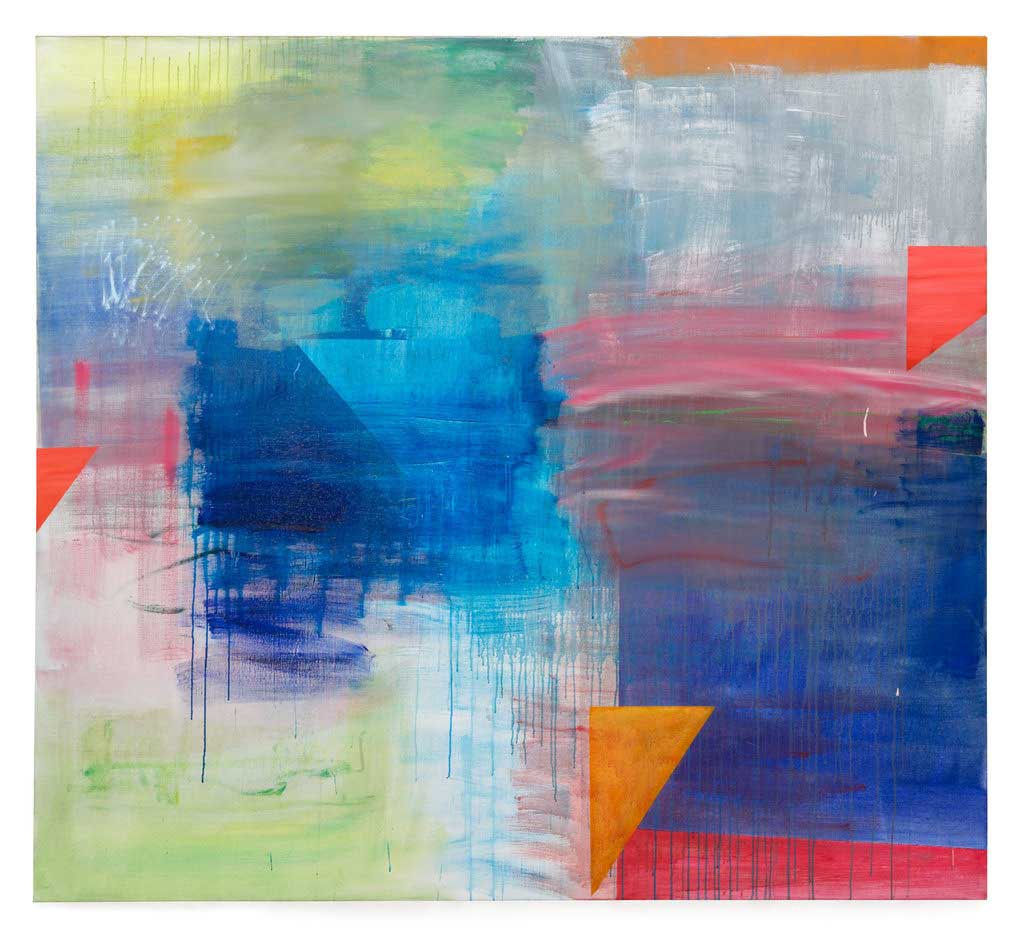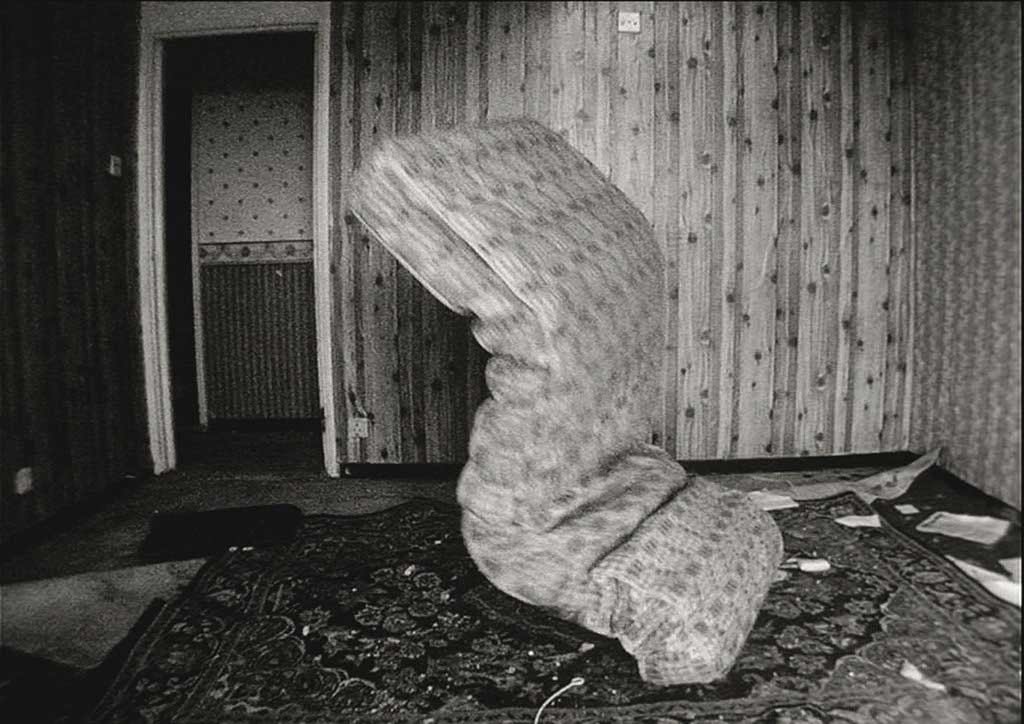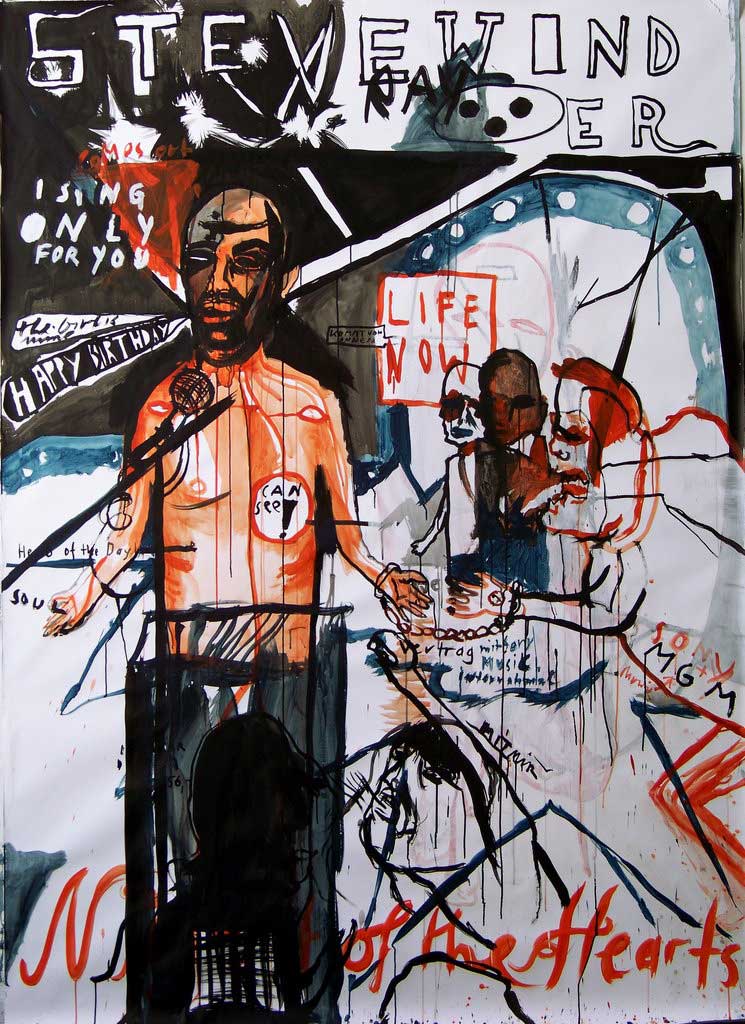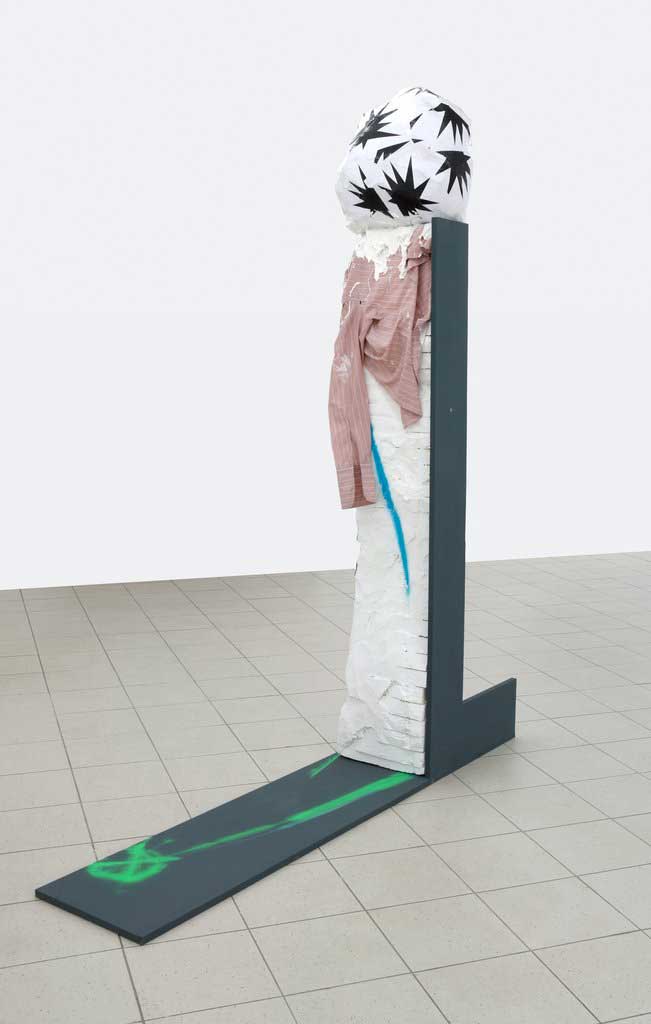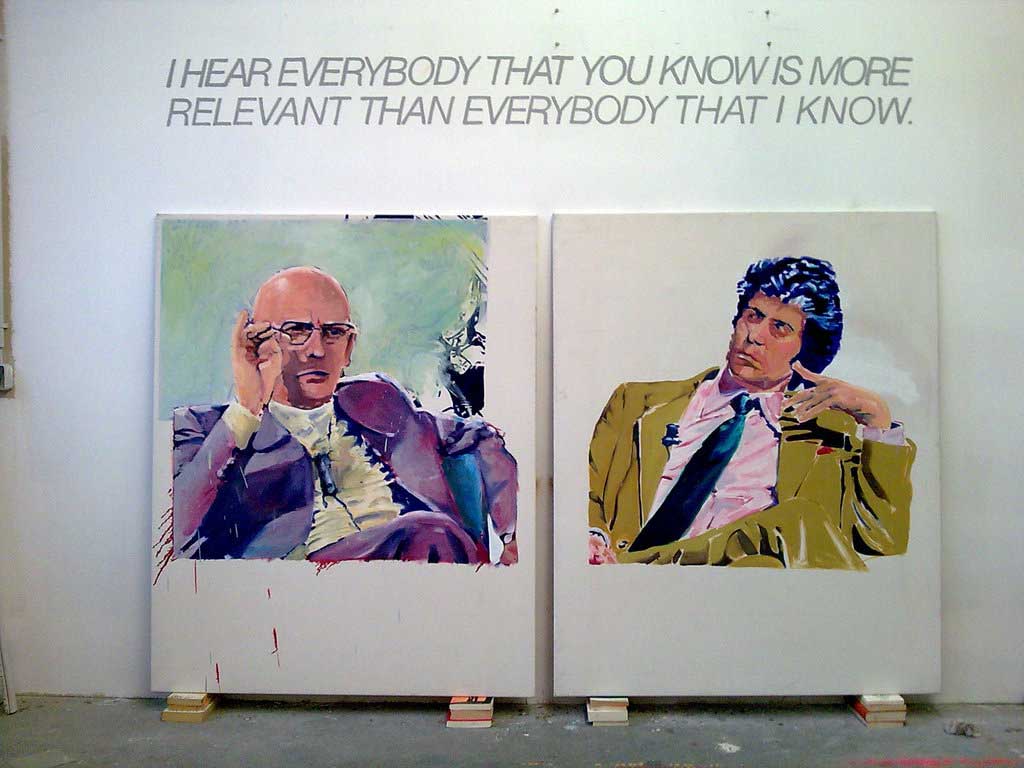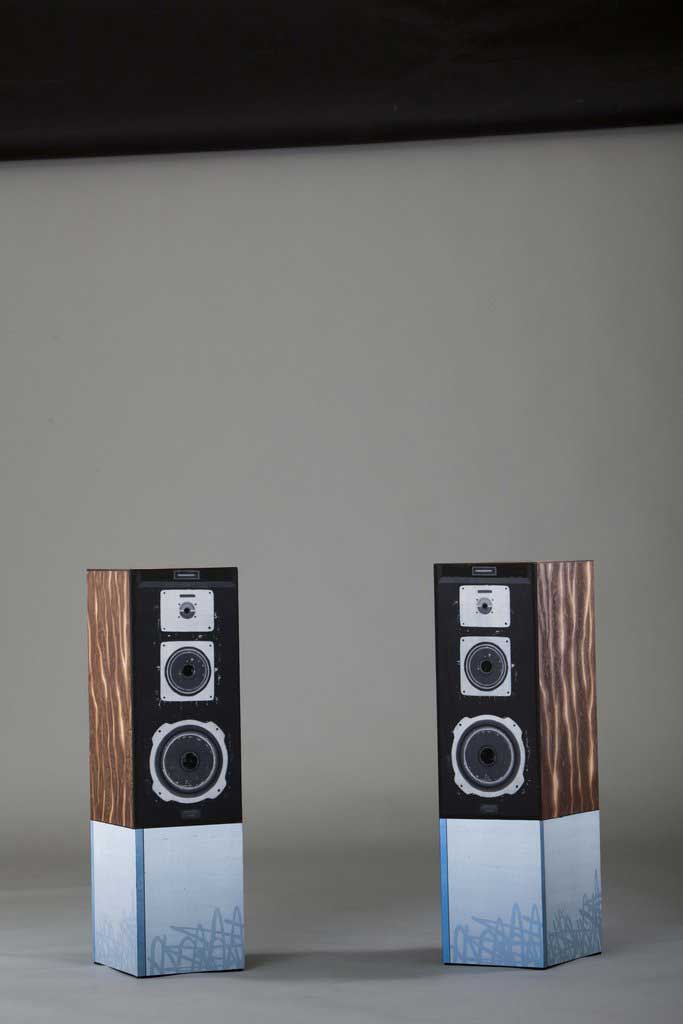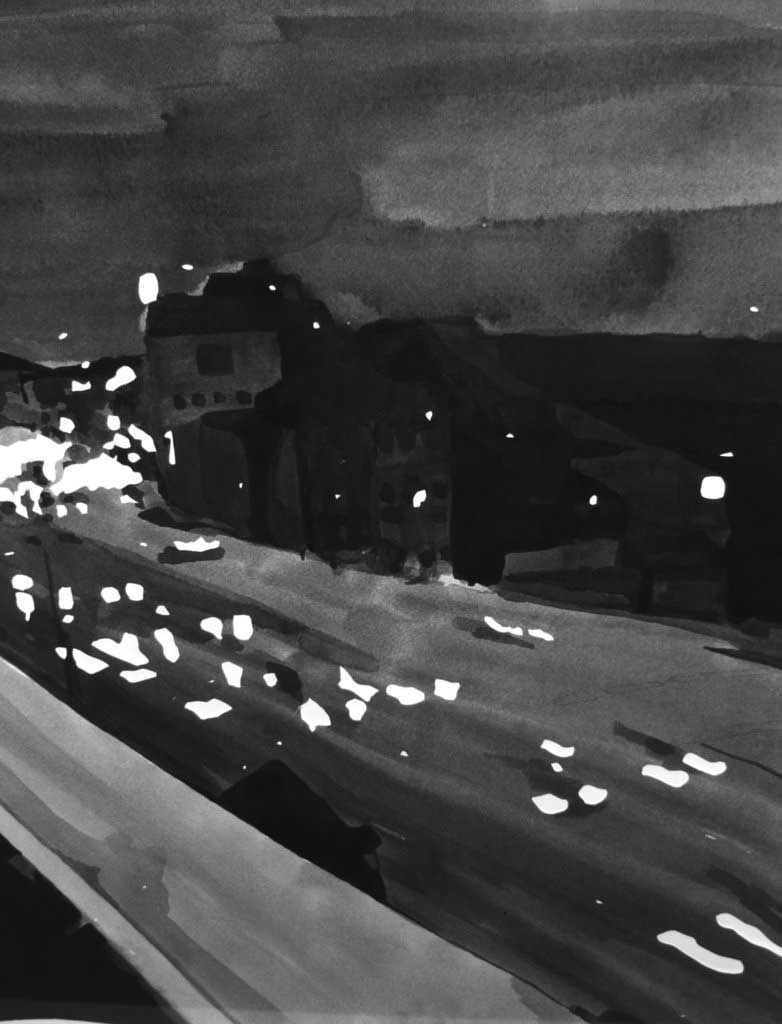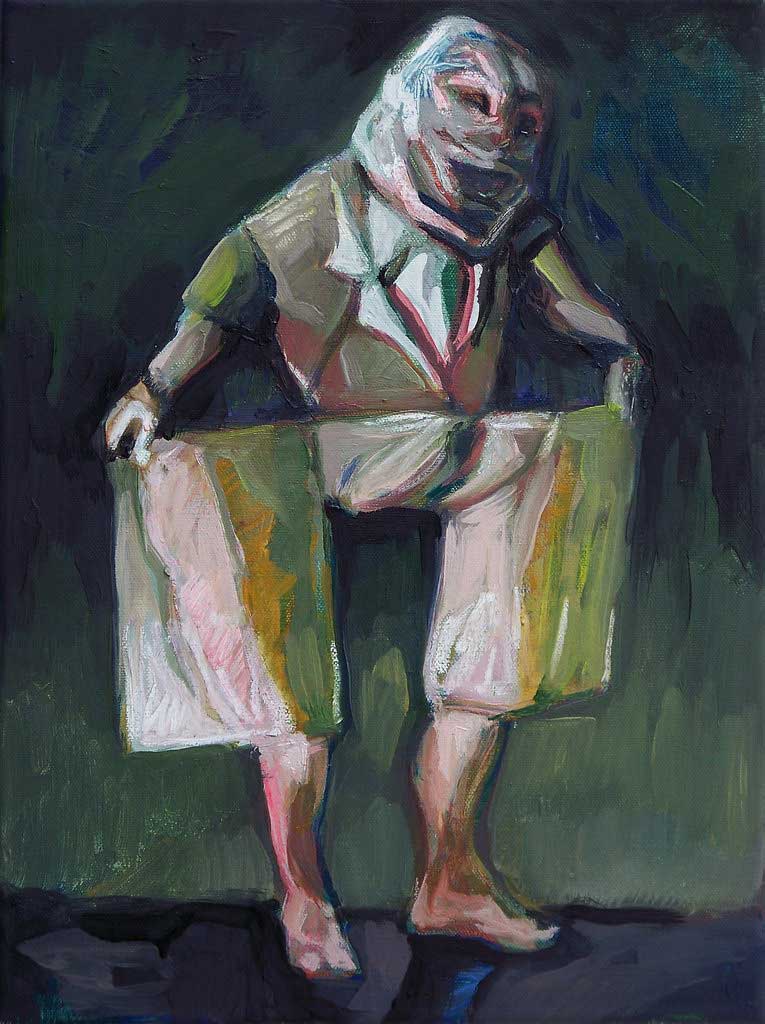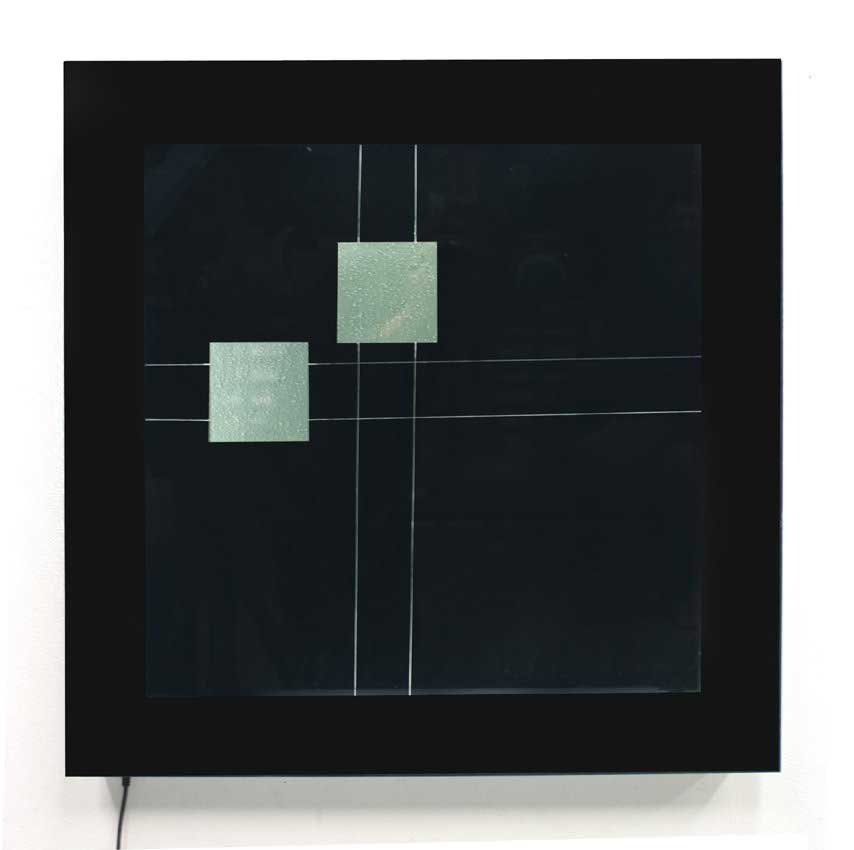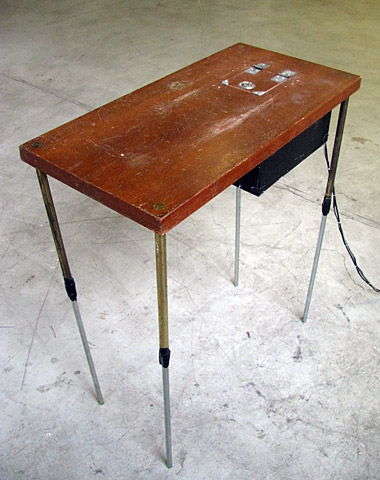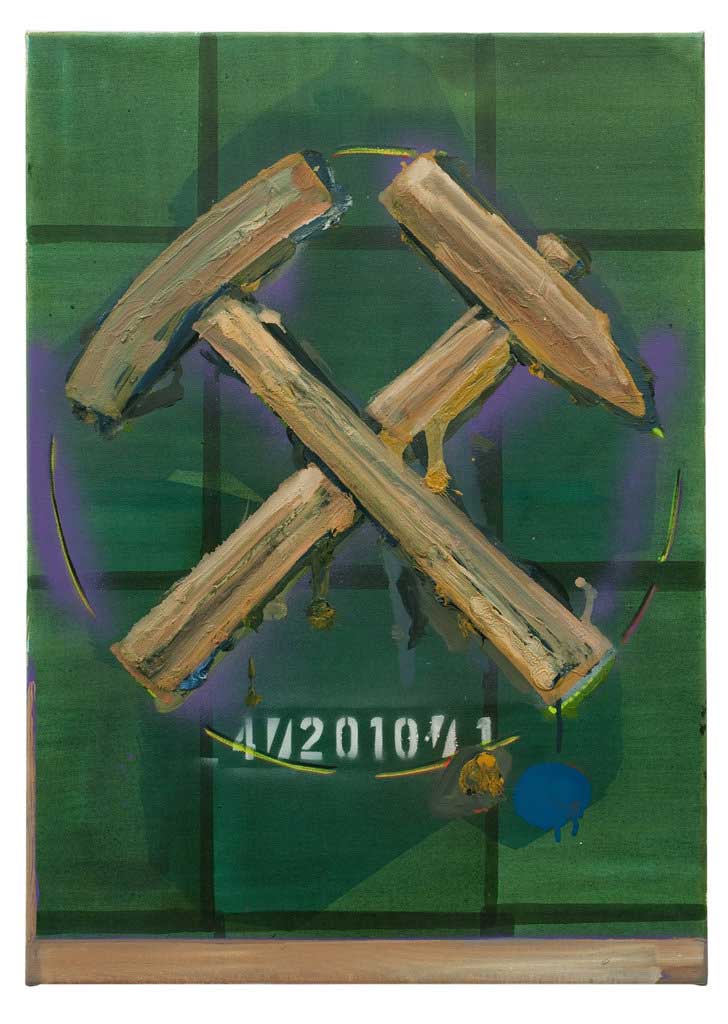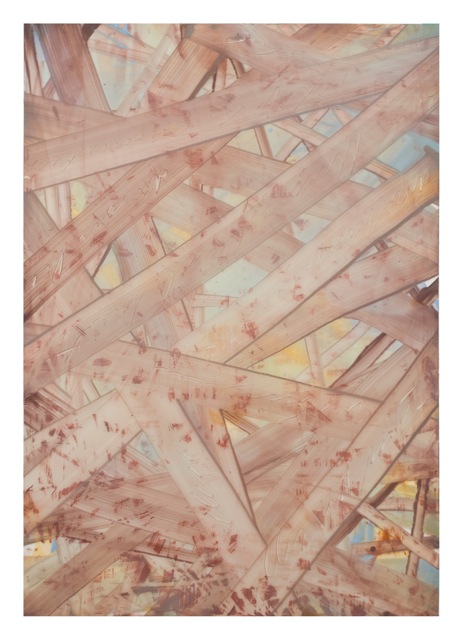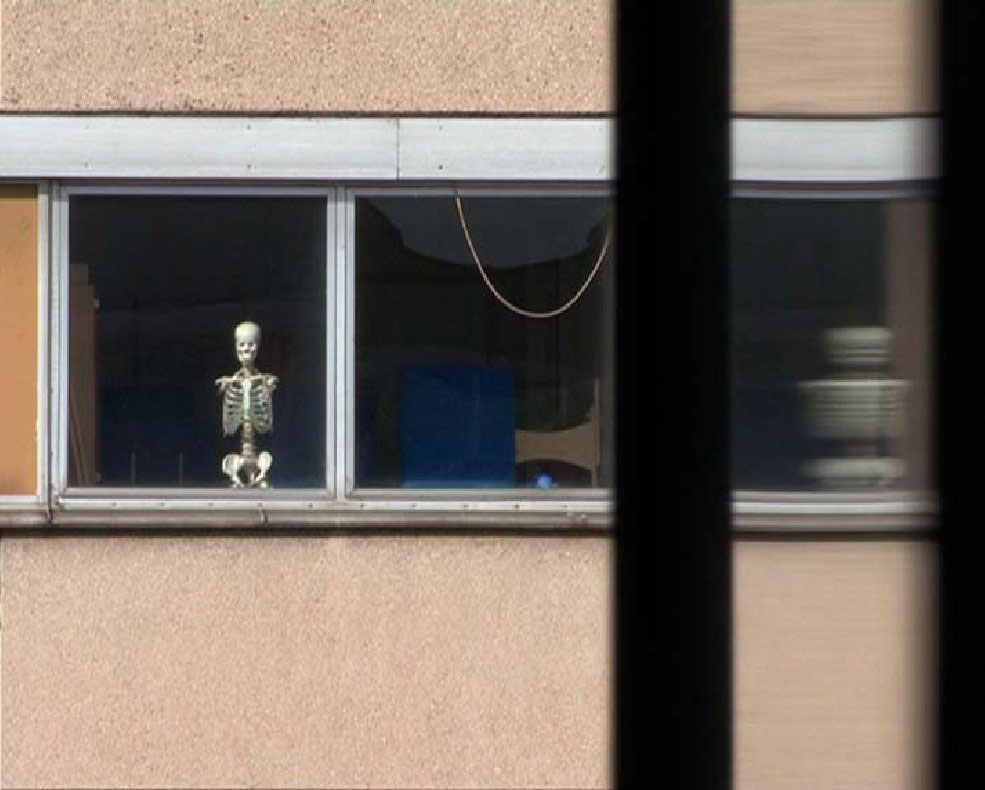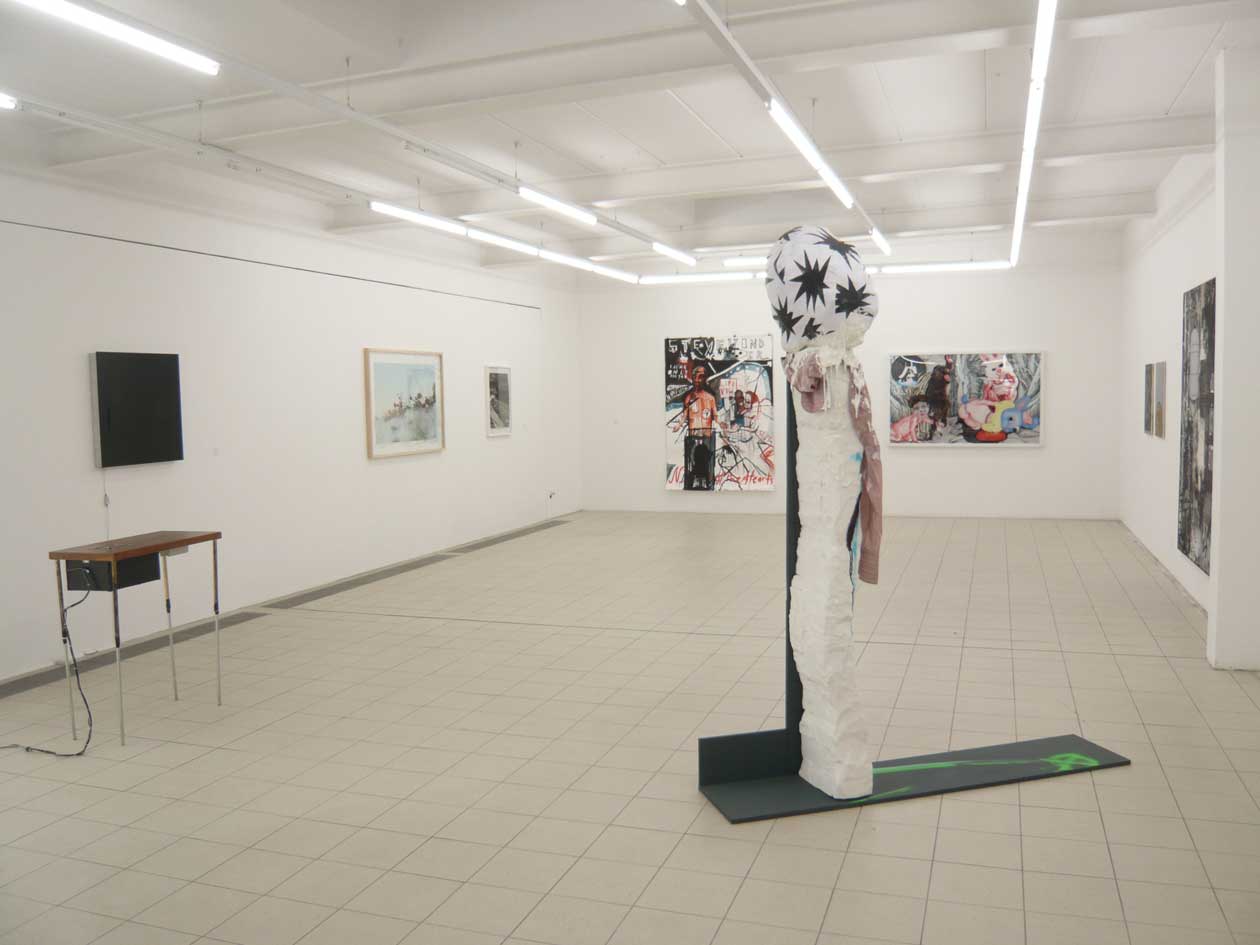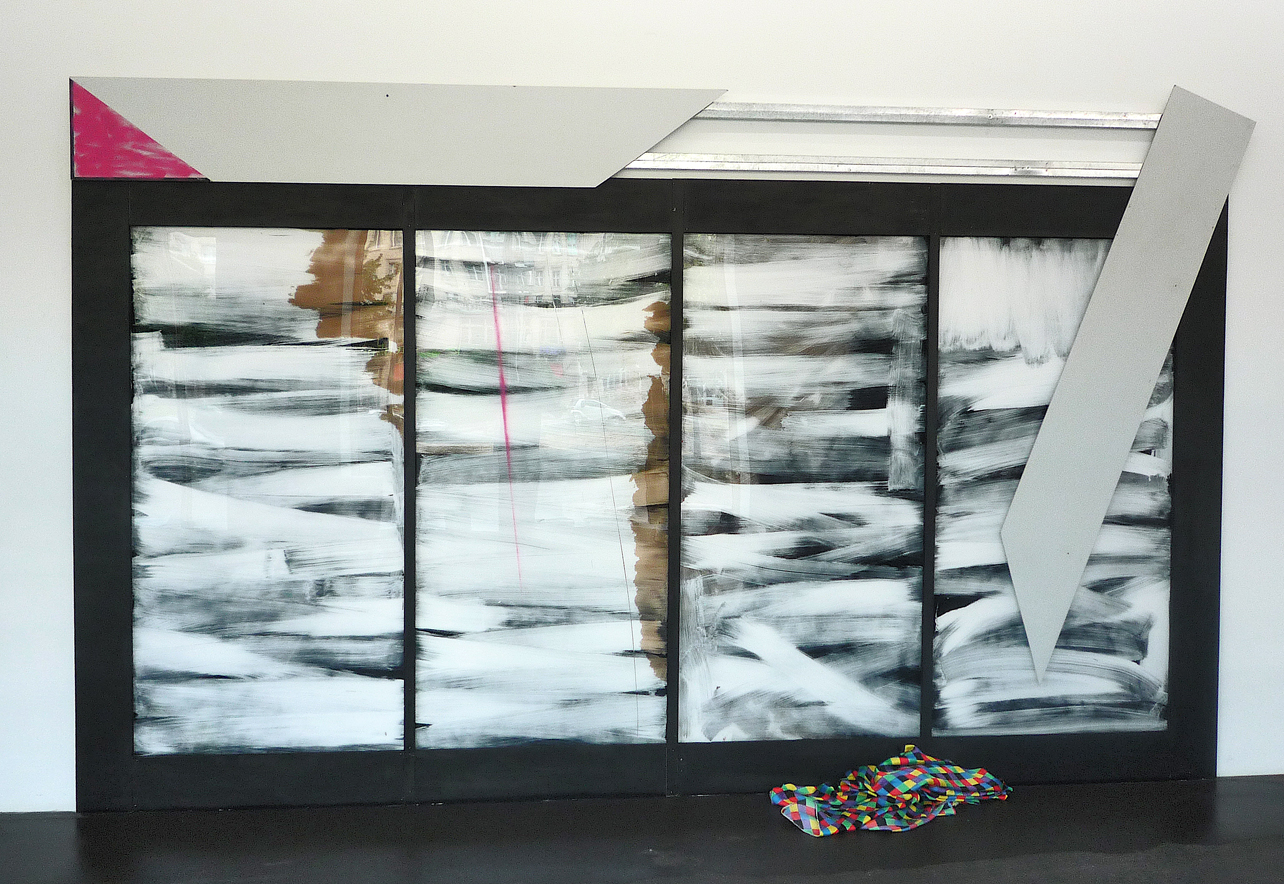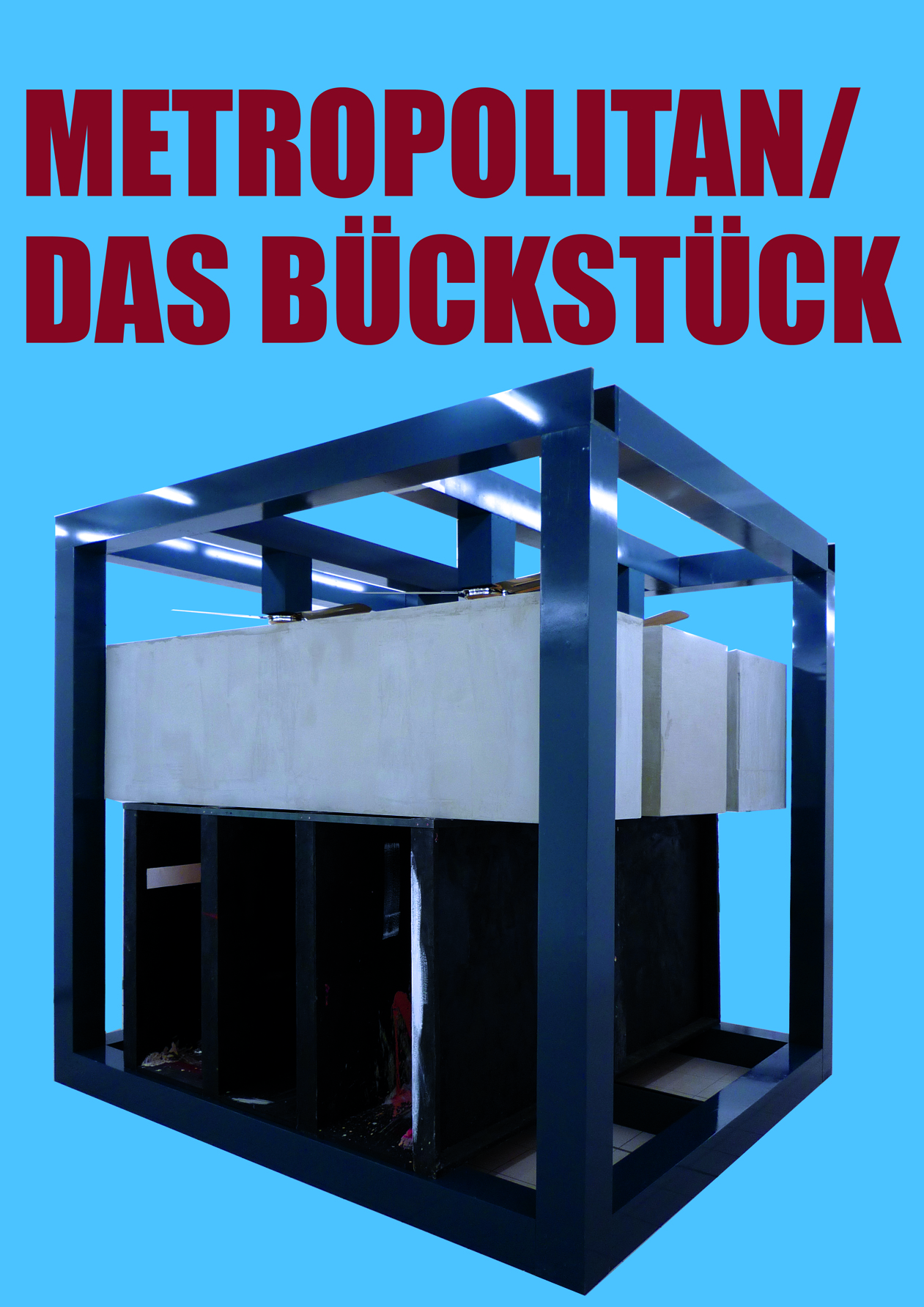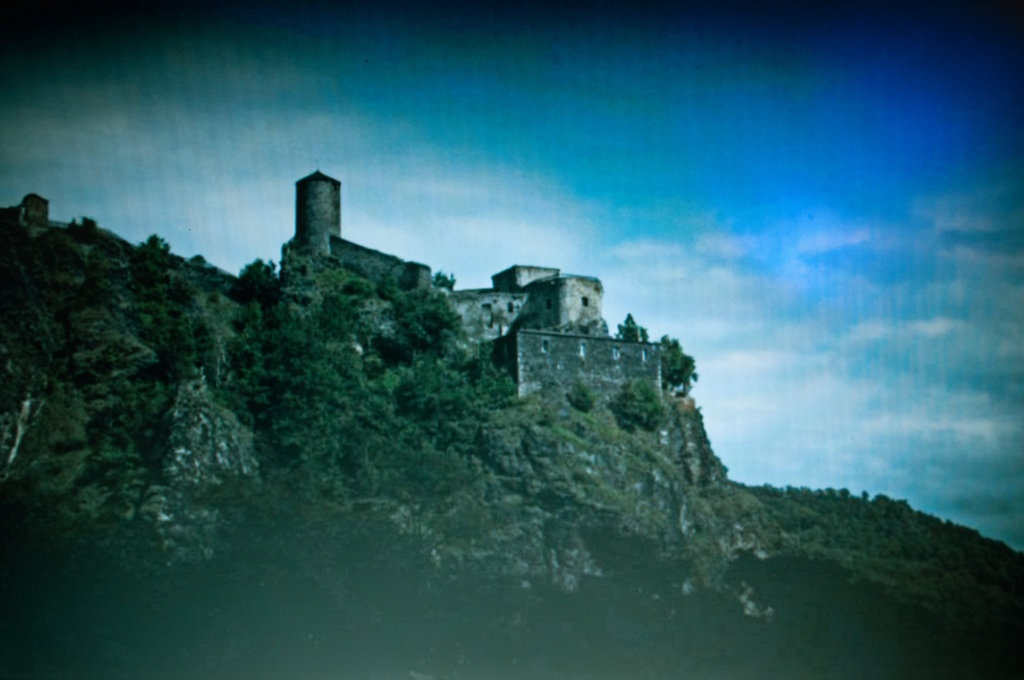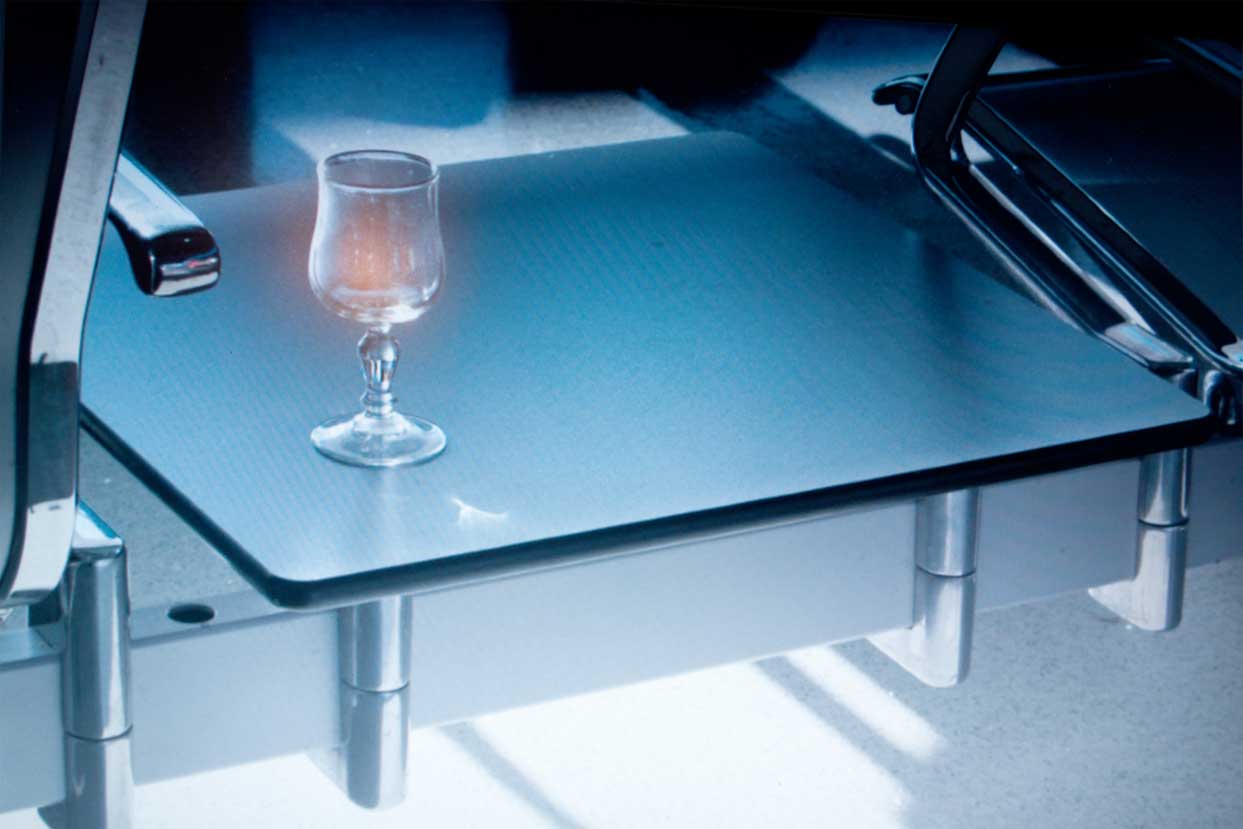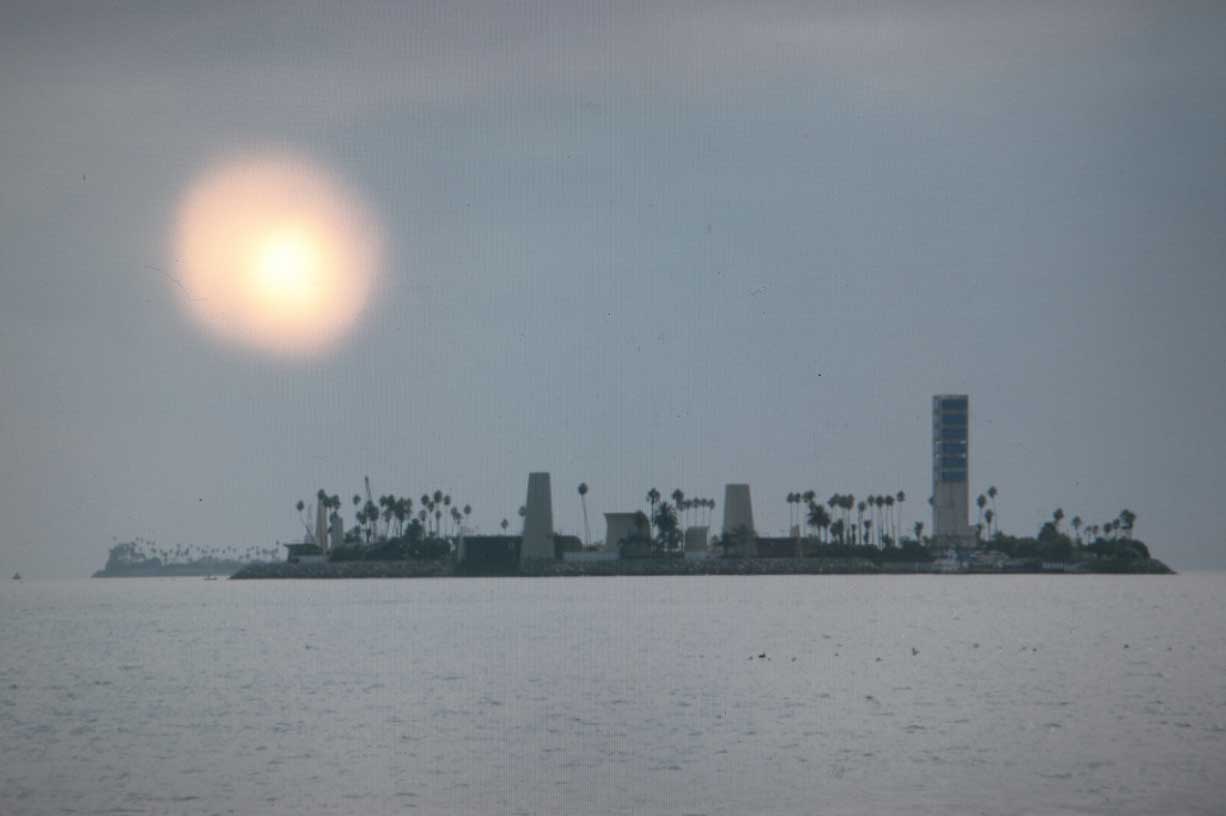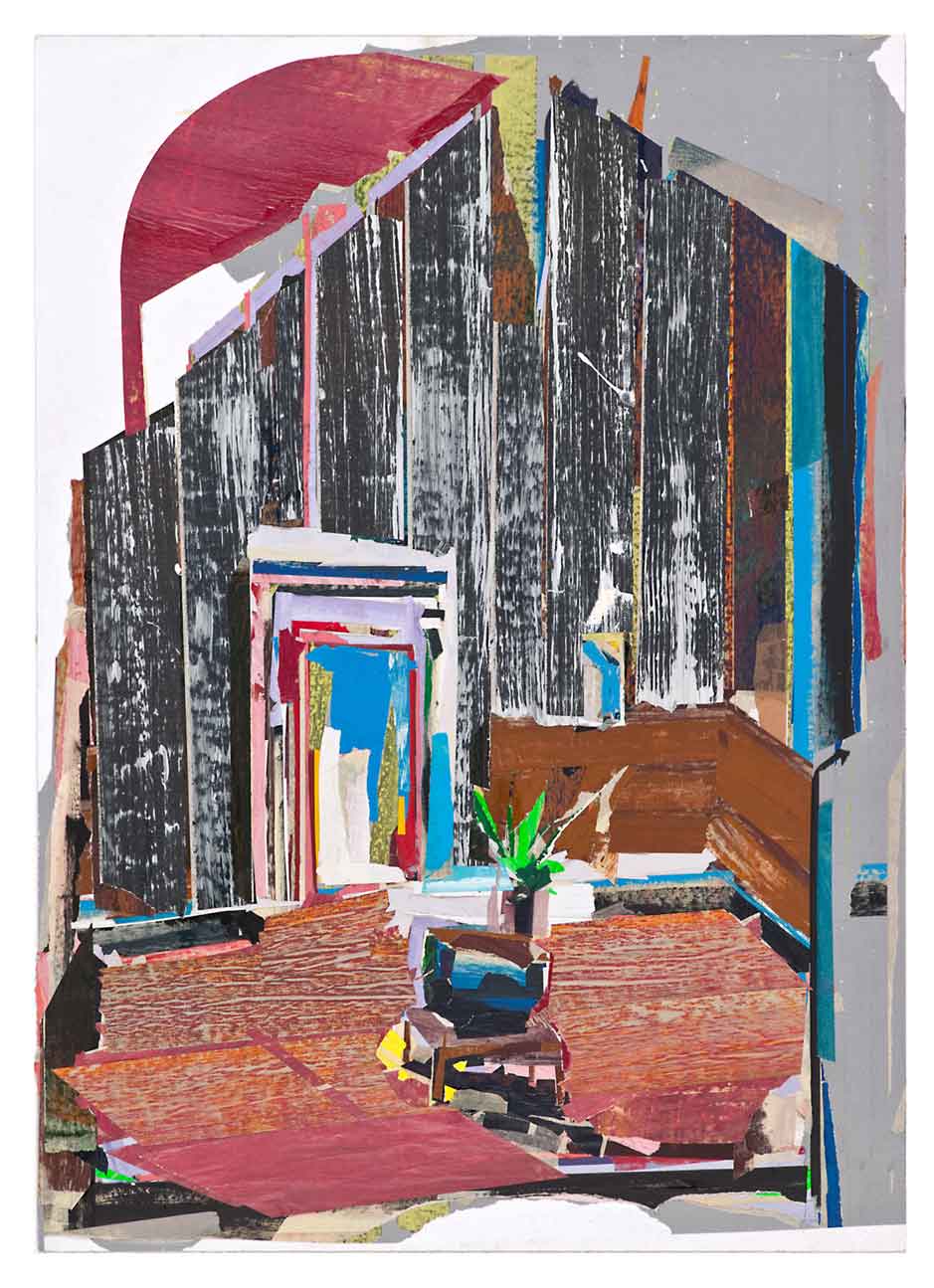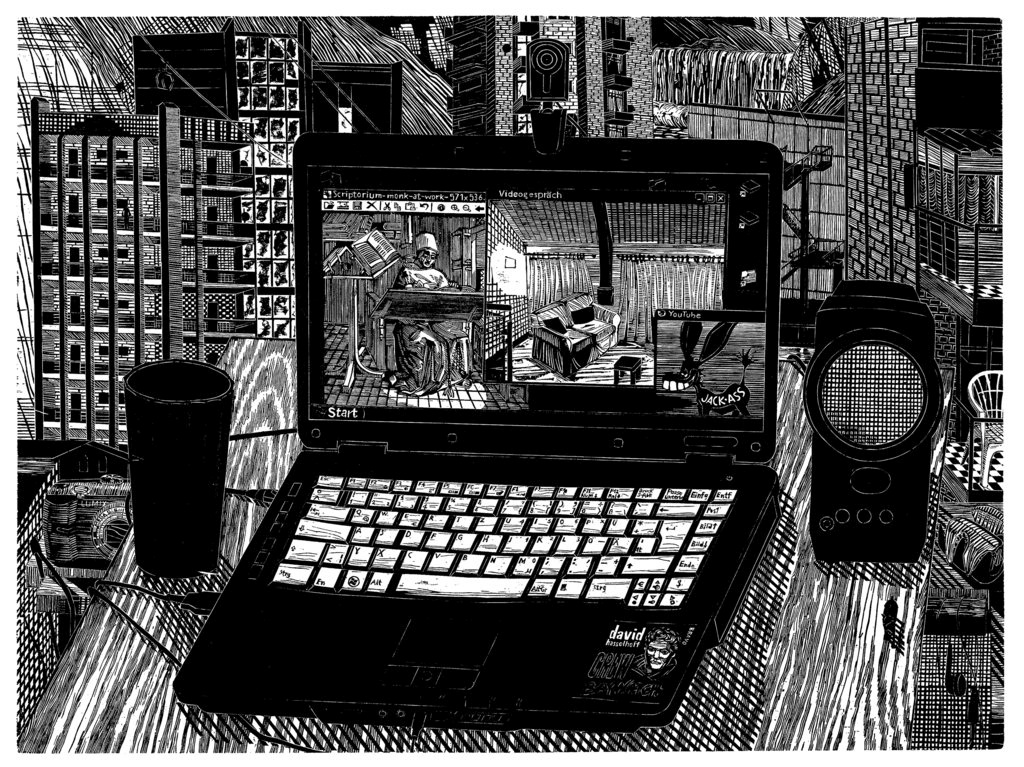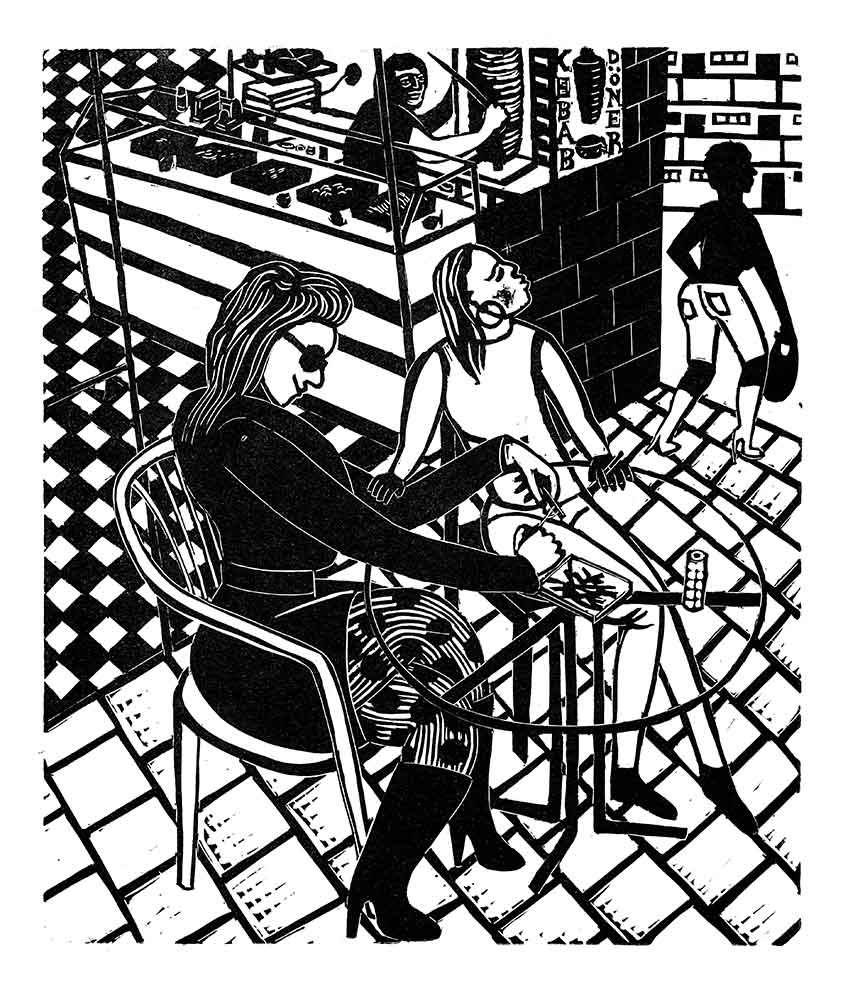The component of time gains in the engineered, media-prone world new qualities and structures. The past can be replayed in the presence, abstracted through slow motion, decelerated or in fast speed. Different methods of art such as reduction, looping, sequence, parallel montage, sampling and serial work are also procedures in contemporary electronic music and mirror different modes of the perception of time.
Based upon this background artists such as Stefan Lenke and Alfons Knogl produce sound collages, no illustrations or images, but a transformation of conditions and processes which take place while Stefan Lenke realises his abstract paintings.
Originating from this audio work we put an exhibition together with works which come to existence through generation or within appraisal of the artists’ work using above mentioned techniques and their dependency from the factor time. It is not the sequence of possible techniques though, but the perception of differently timed actions, for example a slowly conducted line, which ends in a condensed drawing, or else is of some durance, until the viewer captures the structures and interfuses the image and its very own individual elements after the first glance.
Not the illustration of techniques or the interpretation of music, but the cross-linking of different cognition of temporal phenomena is the concern of the exhibition. Of special attention is the relationship between art and methods of contemporary electronic music and also between conventional manual treatment and serial industrial production.
Based upon this background artists such as Stefan Lenke and Alfons Knogl produce sound collages, no illustrations or images, but a transformation of conditions and processes which take place while Stefan Lenke realises his abstract paintings.
Originating from this audio work we put an exhibition together with works which come to existence through generation or within appraisal of the artists’ work using above mentioned techniques and their dependency from the factor time. It is not the sequence of possible techniques though, but the perception of differently timed actions, for example a slowly conducted line, which ends in a condensed drawing, or else is of some durance, until the viewer captures the structures and interfuses the image and its very own individual elements after the first glance.
Not the illustration of techniques or the interpretation of music, but the cross-linking of different cognition of temporal phenomena is the concern of the exhibition. Of special attention is the relationship between art and methods of contemporary electronic music and also between conventional manual treatment and serial industrial production.

